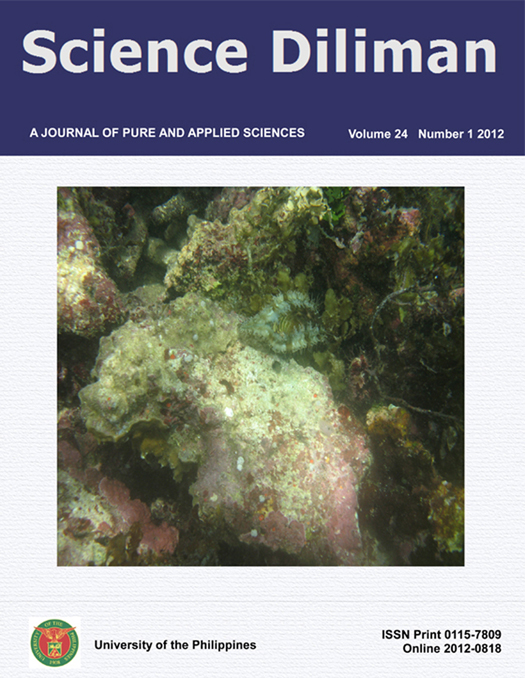Cadmium and lead determination by ICPMS: Method optimization and application in carabao milk samples
Abstract
A method utilizing inductively coupled plasma mass spectrometry (ICPMS) as the element-selective detector with microwave-assisted nitric acid digestion as the sample pre-treatment technique was developed for the simultaneous determination of cadmium (Cd) and lead (Pb) in milk samples. The estimated detection limits were 0.09ìg kg-1 and 0.33ìg kg-1 for Cd and Pb, respectively. The method was linear in the concentration range 0.01 to 500ìg kg-1with correlation coefficients of 0.999 for both analytes.The method was validated using certified reference material BCR 150 and the determined values for Cd and Pb were 18.24 ± 0.18 ìg kg-1 and 807.57 ± 7.07ìg kg-1, respectively. Further validation using another certified reference material, NIST 1643e, resulted in determined concentrations of 6.48 ± 0.10 ìg L-1 for Cd and 21.96 ± 0.87 ìg L-1 for Pb. These determined values agree well with the certified values in the reference materials.The method was applied to processed and raw carabao milk samples collected in Nueva Ecija, Philippines.The Cd levels determined in the samples were in the range 0.11 ± 0.07 to 5.17 ± 0.13 ìg kg-1 for the processed milk samples, and 0.11 ± 0.07 to 0.45 ± 0.09 ìg kg-1 for the raw milk samples. The concentrations of Pb were in the range 0.49 ± 0.21 to 5.82 ± 0.17 ìg kg-1 for the processed milk samples, and 0.72 ± 0.18 to 6.79 ± 0.20 ìg kg-1 for the raw milk samples.
Keywords: Trace metal, carabao milk, ICPMS, microwave digestion, food contaminant



